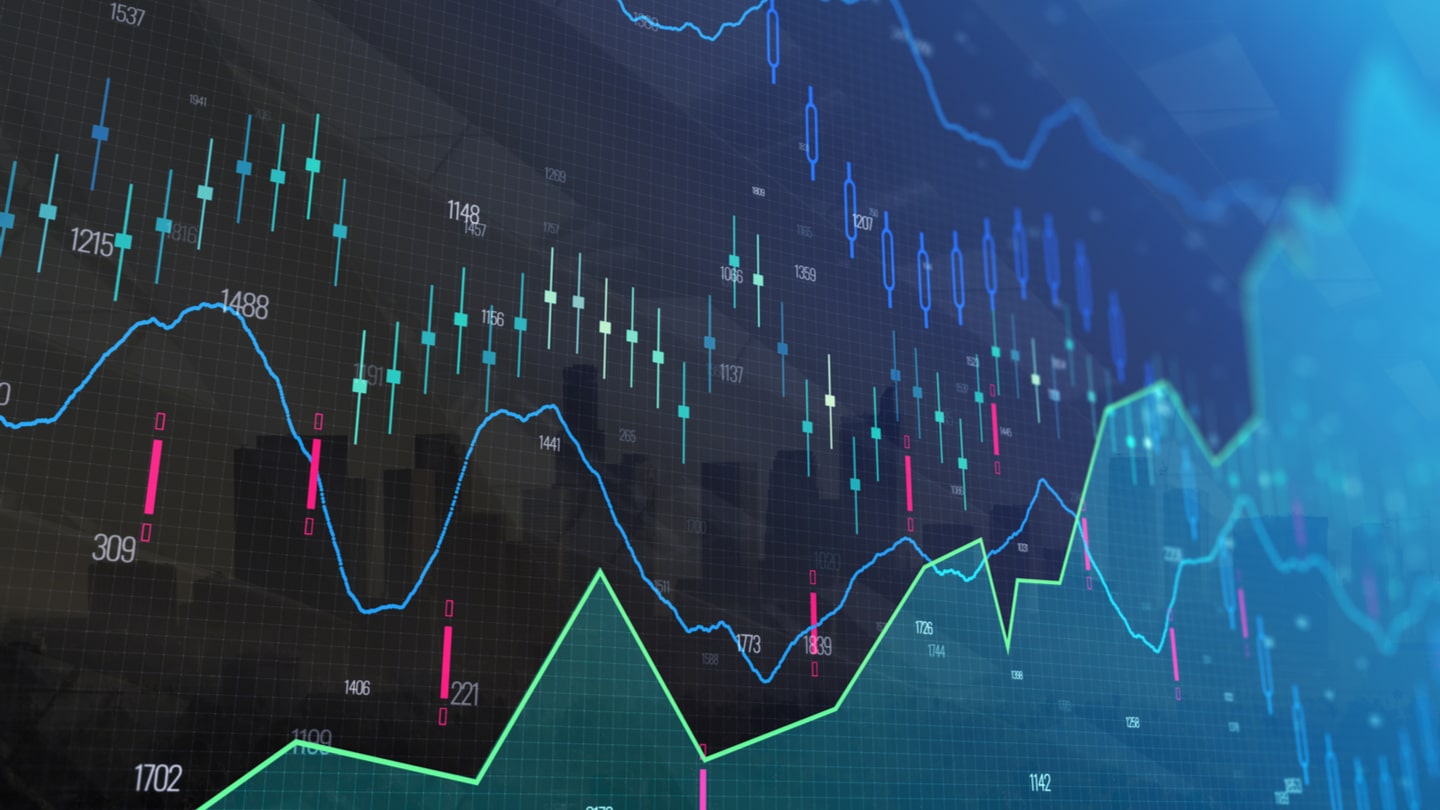Using Figures of Technical Analysis Together with the Fibonacci Levels
November 22, 2019
Technical analysis uses historical price data to forecast future prices. In Forex trading technical analysis is widespread among retail traders as it brings discipline to the trading process.
Pattern recognition is a classic technical analysis approach where traders use specific rules to trade the currency market. Back in time these patterns were researched and documented by generations of traders, and now traders only need to identify them in the Forex market.
The Fibonacci levels, as usual, play a key role in trading Forex using a pattern recognition approach. In fact, the Fibonacci levels work best with all trading approaches, including Japanese candlesticks.
Fibonacci Levels with the Head and Shoulders Pattern
The head and shoulders pattern is one of the most popular patterns in technical analysis. It was documented a long time ago and gives impressive results if combined with Fibonacci levels and a sound money management trading plan.
For a 21st-century Forex broker, the head and shoulders pattern is part of its trading education materials. And, for a good reason.
The pattern has:
- Two shoulders – left and right
- A head
- A neckline
- A measured move
Above all, the head and shoulders pattern is a reversal pattern. It forms at the end of a bullish or bearish trend, and traders look to open a position by the time the price breaks the neckline.
But the Fibonacci levels used in conjunction with the pattern offer a much better entry. For instance, traders have no idea that a head and shoulders pattern will form until the price completes the head formation.
From that moment, traders use a Fibonacci Retracement tool to find out the 61.8% level of the head formation. That’s the entry in a trade, with a stop-loss order at the top (if the pattern appears at the end of a bullish trend).
The recent EURUSD price action offered the perfect example. The pair completed the head in the pattern, then retraced 61.8% only to give the perfect setup using the Fibonacci Retracement tool.
Fibonacci Levels with Japanese Candlestick Techniques
Another popular form of technical analysis, Japanese candlesticks are famous for their accuracy. Their biggest advantage in front of the head and shoulders pattern, for instance, is the shorter time it takes for the candlestick patterns to form.
In this category, we have:
- the hammer
- bullish and bearish engulfing
- piercing and dark-cloud cover
- morning and evening stars, etc.
The chart above shows the daily USDJPY timeframe and a bearish pattern: a dark-cloud cover. During a dark-cloud cover, the second candlestick closes beyond fifty percent of the previous candlestick body but doesn’t retrace more than 100%.
Like any reversal pattern, it shows a fight between bulls and bears. Because of this, the market almost always retraces parts of the pattern, and this is where the Fibonacci levels come into play.
The idea is to use the Fibonacci Retracement tool to find an entry between 38.2% and 61.8% retracement, and trade on the short side with a stop-loss at the top. As for the take profit, traders use a risk-reward ratio of minimum 1:3.
Conclusion
The examples provided here are only some of the many situations where the Fibonacci tools are used in technical analysis. They offer great entries and are part of a sound money management plan.



